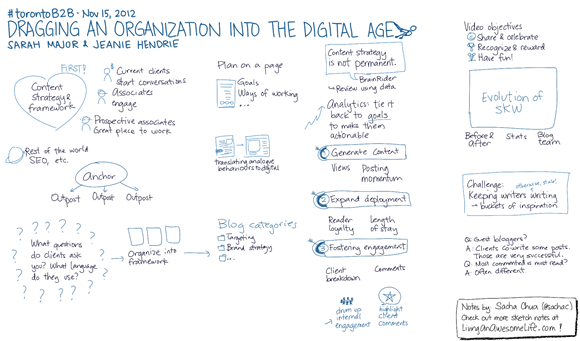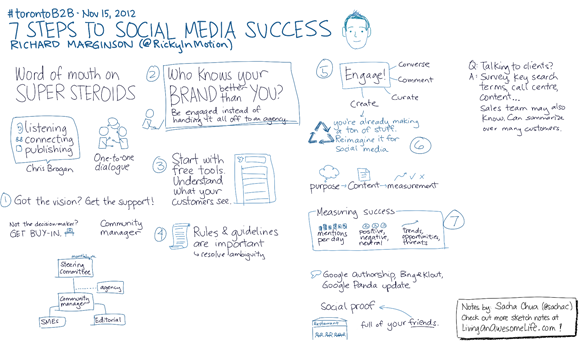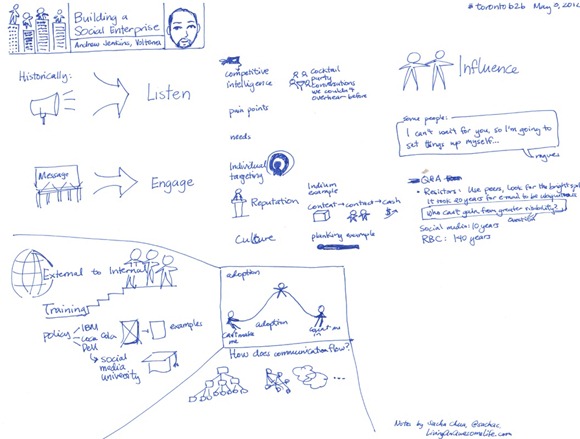Circle time progress
Posted: - Modified: | parentingI like taking A- to music classes and circle times. I learn more songs and A- gets to see other kids in a semi-structured environment. A- usually clings to me, preferring to quietly watch instead of joining in. She's not keen on tickling games. She tends to get anxious when the teacher or family support worker uses puppets. In last year's music class, there were maybe a couple of sessions when she felt confident enough to walk and jump on her own, but that was after months of being carried, and she still often chose to be carried after that.
At home, though, she loves arranging chairs, singing songs, and exploring instruments. I think it's totally worth it and that she gets a lot out of it, even if it's not obvious in class.
Besides, I can relate to wanting to hang back and observe. That's what W- and I tend to do.
I think things might be starting to change, though. A few months ago, she used to cry and ask to leave the drop-in centre as soon as we got there. Now she can usually play there until it closes. Last month, she started talking about the family support workers while we were at home, referring to them by name. During circle time this week, she didn't sit on my lap, but on a stool that she brought over. I liked watching how intently she watched the family support worker and how she tried to quickly imitate the gestures, and I saw her mouth a few of the words too. She hid under the scarf or waved the scarf around as prompted. She flapped her part of the parachute up and down. She smiled great big smiles; she seemed happy that she was able to follow along.
At music class, she got interested in helping put away things when I suggested that we play the excavator game. She liked holding the jingle bell sticks and the scarf (maybe because they triggered the “Mine!” instinct in her?). Once they were in her hands, she imitated the teacher and the other kids. She also returned them to the teacher. It helps to hold something or do something with her hands, I think.
It probably helps a lot that A- likes the family support workers now. The family support workers serve snacks, answer my questions, and offer her things to play with. I've started bringing extra food to the drop-in centre to enable even more positive social interactions, too, and I think A- likes helping share yummy food with other people. She knows the music teacher's name, but she doesn't have as varied positive interactions with her.
I'm looking forward to seeing how she'll respond to music time and circle time next week. Maybe she'll stay close, and maybe she'll venture out a little more. While it might seem faster to push her into independence by not picking her up as much, I like watching her gradually feel comfortable enough to participate. I like how sometimes all she needs is a quick reconnection and then she's off to explore. I like how she clearly feels secure enough in music class to listen and learn, and how much she remembers, and how she enjoys singing. She'll have enough opportunities to practise independence without being pushed into it. She's driven to grow.
I've signed up for music classes until April, except for July and August. We'll go to drop-in centres whenever we can, too. We're both slowly getting the hang of things, and it's wonderful.
In the meantime, I'll focus on picking up songs that I can sing to her throughout the day. We'll practice imitation one-on-one. We'll bring in babysitters so that she can have lots of positive interactions with people who are not me while staying in a familiar environment. We're experimenting with going at her pace as much as possible while giving her plenty of opportunities to stretch and grow. She's wonderful, and I have full confidence that she'll get the hang of this.



